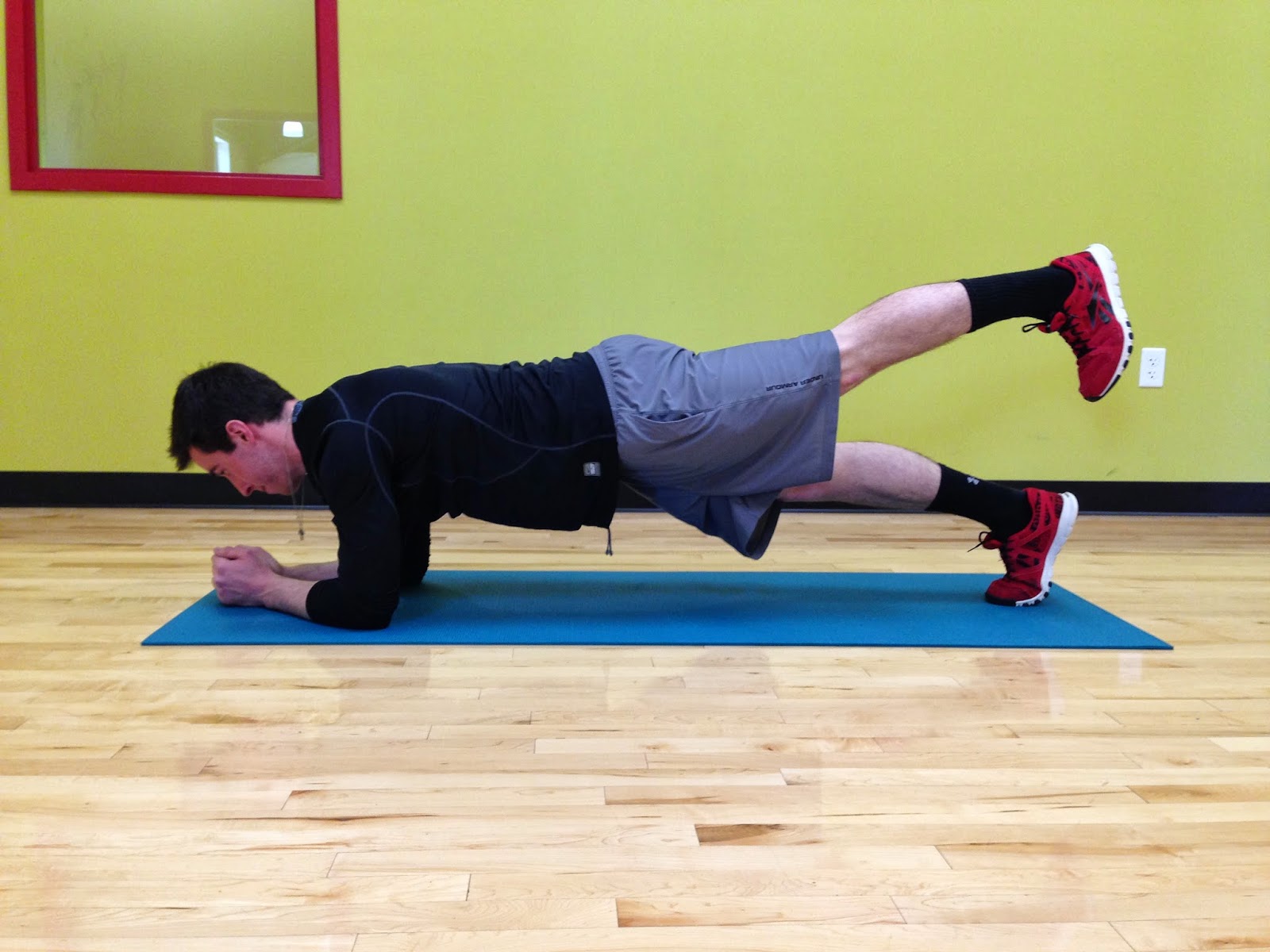It seems that at some point everyone encounters lower back pain and it can be a result of a number of different issues. Some are more serious than others but some of the
common causes can be corrected with simple stretches and strengthening
exercises.
Common causes of low back pain are:
tight hip flexors, weak abdominal muscles, and weak gluteal & lower back
muscles. This could be a result of excessive sitting, driving, bad training
habits, and overall laziness or “inactivity”.
Although pain can be attributed to a number
of different variables, hip tightness is a quite common reason. This is due to
the hip flexors anterior pull on the pelvis when excessively tight, creating a
more arched lower back. This exaggerated arch causes excessive pressure on the
posterior portion of the lumbar spine. Consequently that hip tightness can
actually inhibit the use of your glute muscles making them small and weak. Not
to mention, it forces your gut forward maybe making your appearance not as
flattering as you’d like.
“So your saying my gut looks bigger and
my butt smaller?!”
Yes I am. If your hip flexors are very
tight, it can actually impede the activation of your large gluteal muscles on a
daily basis and force your hamstrings to do all the work.
So if you’re an individual that doesn’t feel any glute soreness after a workout loaded with a bunch of squats and lunges,
then either your form is incorrect or your flexibility isn’t where it needs to
be to properly engage the correct muscles.
Strong gluteal muscles help absorb
impact on the spine, as well as keep it in proper stable alignment. If you experience lower back pain or you just can’t seem to strengthening your butt,
have a trainer or physical therapist check your hip flexors’ flexibility by performing the Thompson
Test.
If your thigh and trunk maintain
alignment with the table, your hip flexors are in a good flexible range.
If not, the first step is to stretch
this area. You can stretch the hip flexors by actually doing the Thomas Test
shown above or you can try these two alternatives:
The
next area to strengthen is the core & lower back. A plank or modified plank
is a great way to isolate those muscles while maintaining proper posture. As
you get stronger, progress this exercise by alternating straight leg lifts in
the plank position, this will add some new challenges of balance and glute
strengthening. Make sure when performing a plank that you don’t drop your hips
causing an arch in your lower back. You want to maintain a straight flat back
or a slightly rounded one (butt a little higher) to protect yourself when
beginning this exercise.
 |
| Modified Plank |
 |
| Plank |
 |
| Plank with alternating Leg Lifts |
Another
exercise that focuses in on these specific areas is quadruped reciprocal extension. Start by positioning yourself on all fours (hands and knees) with
hands underneath the shoulders and knees under the hips. Next engage the
abdominal muscles by tightening your core, then extend and straighten, one leg and arm at the same time (must be opposite; ex. right leg & left arm). Return to the start position and repeat to the other side.
The goal of this exercise is maintain a
flat back and neutral pelvis. Try to imagine a plate of food on your lower back
and you don’t want it to fall off. Keeping the core engaged throughout the
duration of this exercise is extremely important. Focus on using your glute muscles as the main muscular force in lifting and extending the legs.
The addition of resistance tubing and weights will take this exercise to the
next level.
The last exercise in this series is a
bent knee bridge on a physioball. The purpose of this exercise is to target the
hamstrings, quads, glutes, and abdominals. In order to perform properly, you
must focus on keeping your knee angle at 90 degrees at all times while you
contract your core and gluteal muscles to lift your lower back off the ground
and bring it back to the floor slowly.
Good progressions involve using only one
foot on the ball at a time or rolling the ball in and out by
bending and straightening the knees. Just make sure you maintain that pelvic
bridge for the duration.
So quit sitting around! If you have mild
lower back pain, try these stretches and exercises. Take it easy at first
and conqueror the modified versions before progressing. Make sure no pain is
present when doing any of these exercises. If pain is felt, immediately stop and
contact your doctor or physical therapist. Aim for 2-3 sets of 10-15 reps
for the exercises depending on your fitness level. When stretching shoot for
three 20-second holds and for the planks, try to maintain that steady position multiple times for 15-60 seconds. Doing these exercises 3-4
times/week will help increase flexibility, strength, and help to properly
realign the spine.





